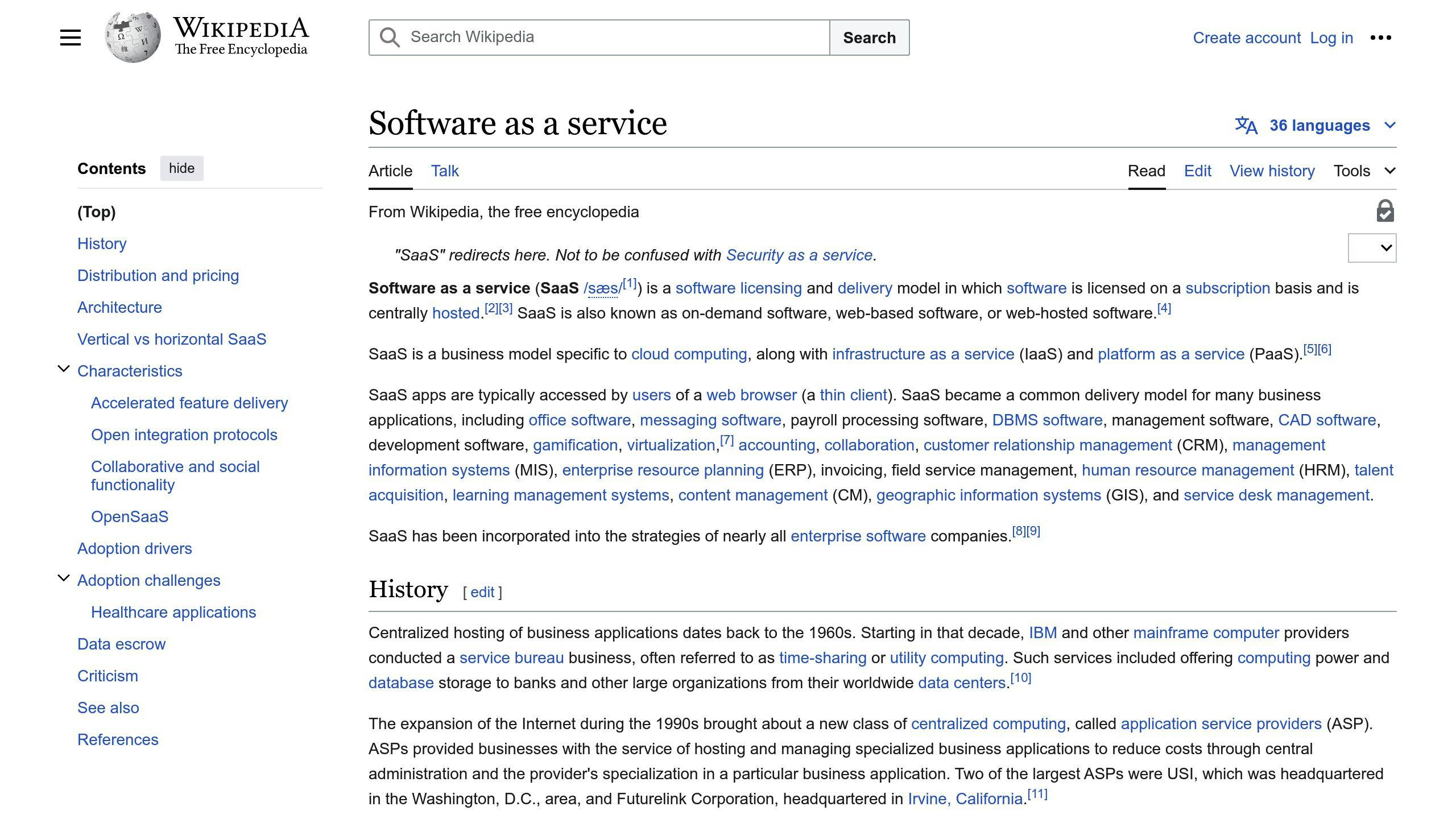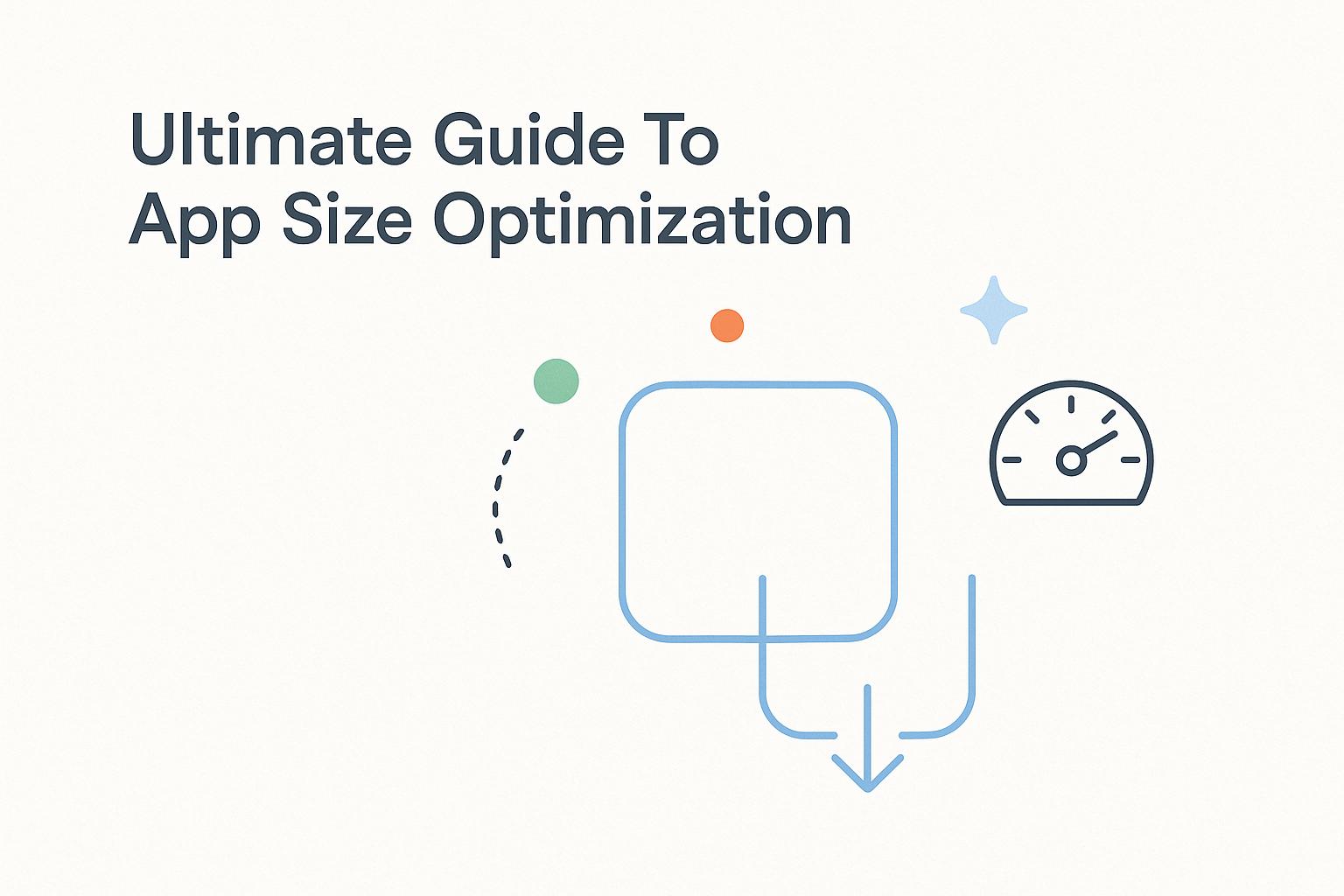Creating an accessible color palette for your mobile app is crucial for ensuring a great user experience for everyone, including those with visual impairments. Here are the key points to keep in mind:
Understand and Apply Contrast Ratios
- Ensure a minimum contrast ratio of 4.5:1 for normal text and 3:1 for large text
- Use tools like WebAIM Contrast Checker or ColorZilla to test your color palette
Test Color Contrast for All Themes
- Check that your color palette works well across different themes and backgrounds
- Use tools like WebAIM Contrast Checker or ColorZilla for testing
Avoid Using Color Alone to Convey Information
- Don't rely solely on color to share information, as some users may have color vision deficiencies
- Provide alternative visual cues like patterns, icons, or text labels
Use Accessible Color Combinations
- Choose color combinations that meet WCAG guidelines for contrast ratios
- Test your combinations with tools like WebAIM Color Contrast Checker or WCAG Color Contrast Analyzer
Leverage Accessibility Tools and Resources
- Utilize tools like WebAIM Color Contrast Checker, WCAG Color Contrast Analyzer, and Accessibility Developer Tools to identify and resolve accessibility issues
Plan for Accessibility from the Start
- Incorporate accessibility principles into your design process from the beginning
- Involve users with disabilities in the design and testing phases
Regularly Test Your App with Real Users
- Conduct usability testing with a diverse group of users, including those with visual impairments
- Gather feedback and make improvements based on user testing results
Consider Cultural and Contextual Color Meanings
- Research the cultural associations and meanings of colors in your target audience
- Ensure your color choices are appropriate and respectful for your target market
Use Color to Create a Visual Hierarchy
- Leverage color to establish a clear visual hierarchy and guide users' attention
- Use contrasting colors for important elements, and group related items with the same color
Incorporate Feedback and Continuously Improve
- Gather user feedback, conduct regular testing, and refine your color palette accordingly
- Leverage accessibility tools to identify areas for improvement in your color scheme
By following these tips, you can create a mobile app with an accessible color palette that provides a great user experience for everyone, regardless of their visual abilities.
Quick Comparison: Accessible Color Palette Tools
ToolPurposeWebAIM Color Contrast CheckerTests color contrast ratiosColorZillaChecks color values and contrastWCAG Color Contrast AnalyzerAnalyzes color contrast for accessibilityAccessibility Developer ToolsAnalyzes color contrast and provides recommendations
Related video from YouTube
1. Understand and Apply Contrast Ratios
Accessibility
When designing a mobile app, it's important to make sure everyone can use it easily. One key part of this is color contrast. Good contrast helps users with visual impairments, like color blindness or low vision, to navigate the app.
Visual Appeal
A color palette with proper contrast ratios looks better and makes the app more engaging.
Usability
Correct contrast ratios make the app easier to use. When text and background colors contrast well, users can read and understand the content quickly, reducing eye strain.
Compliance with WCAG
The Web Content Accessibility Guidelines (WCAG) suggest a contrast ratio of at least 4.5:1 for normal text and 3:1 for large text. This helps users with visual impairments access the content.
To check contrast ratios, you can use online tools like the WebAIM Contrast Checker or ColorZilla. These tools help you test your color palette to ensure it meets WCAG guidelines.
ToolPurposeWebAIM Contrast CheckerTests color contrast ratiosColorZillaChecks color values and contrast
2. Test Color Contrast for All Themes
Accessibility
Ensure your app's color palette works for everyone, including those with visual impairments. Testing color contrast for all themes helps you spot issues and make adjustments so everyone can use your app.
Visual Appeal
Good color contrast makes your app look modern and clean. This improves the user experience and keeps users engaged.
Usability
Proper color contrast makes text easy to read and reduces eye strain. This helps users navigate your app more easily.
To test color contrast for all themes, use tools like the WebAIM Contrast Checker or ColorZilla. These tools help you check your color palette against different themes and find any issues.
ToolPurposeWebAIM Contrast CheckerTests color contrast ratiosColorZillaChecks color values and contrast
3. Avoid Using Color Alone to Convey Information
Accessibility
Don't rely only on color to share information in your mobile app. Some users can't see certain colors, which can make your app hard to use. About 300 million people worldwide have color vision deficiencies.
Compliance with WCAG
The Web Content Accessibility Guidelines (WCAG) 2.1 Success Criterion (SC) 1.4.1, "Use of Color," states: "Color is not used as the only visual means of conveying information, indicating an action, prompting a response, or distinguishing a visual element." Always provide other visual cues like patterns, icons, or text to support the use of color.
Alternative Visual CuesExamplesPatternsStripes, dotsIconsCheckmarks, crossesTextLabels, instructions
4. Use Accessible Color Combinations
Accessibility
When designing a mobile app, it's important to choose colors that everyone can see, including users with visual impairments. Using accessible color combinations helps achieve this goal.
Visual Appeal
Accessible color combinations can still look good. High-contrast color schemes, for example, make your app more readable and easier to navigate.
Usability
Accessible colors reduce the cognitive load on users, making it easier for them to focus on your app's content. This is especially helpful for users with visual impairments.
Compliance with WCAG
The Web Content Accessibility Guidelines (WCAG) 2.1 recommend a contrast ratio of at least 4.5:1 for normal text and 3:1 for large text. Following these guidelines ensures your app is accessible and compliant.
To check your color combinations, use tools like the WebAIM Color Contrast Checker or the WCAG Color Contrast Analyzer.
ToolPurposeWebAIM Color Contrast CheckerTests color contrast ratiosWCAG Color Contrast AnalyzerAnalyzes color contrast for accessibility
5. Leverage Accessibility Tools and Resources
Accessibility
Use accessibility tools to spot issues and ensure your app meets WCAG guidelines. These tools help make your app usable for everyone.
Visual Appeal
Accessibility tools can help you create a color scheme that looks good and meets your brand's style. They check color contrast ratios to ensure your app's colors are both accessible and attractive.
Usability
These tools can improve your app's usability by identifying where color is used to convey information. Tools that simulate color blindness can help you test your app and ensure all users can understand the content.
Compliance with WCAG
To meet WCAG guidelines, use tools that analyze color contrast ratios and suggest improvements. Here are some popular tools:
ToolPurposeWebAIM Color Contrast CheckerTests color contrast ratiosWCAG Color Contrast AnalyzerAnalyzes color contrast for accessibilityAccessibility Developer ToolsAnalyzes color contrast and provides recommendations
6. Plan for Accessibility from the Start
When designing a mobile app, think about accessibility from the beginning. This means including accessibility principles in your design process right away, rather than adding them later. By planning early, you can make sure your app is usable by everyone.
Accessibility
Accessibility is about making sure everyone can use your app, not just meeting guidelines. By designing with accessibility in mind, you create an app that is easier and more enjoyable for everyone.
Visual Appeal
An accessible design can also look good. Use high-contrast colors, clear fonts, and easy navigation to make your app both accessible and attractive.
Usability
Planning for accessibility from the start can improve your app's overall usability. By addressing potential issues early, you create a better experience for all users.
To make sure your app meets accessibility standards, involve users with disabilities in the design and testing process. This helps you find and fix potential issues, ensuring your app is usable by everyone.
sbb-itb-8abf120
7. Regularly Test Your App with Real Users
Accessibility
Testing with real users ensures your app works for everyone, including those with visual impairments. It's not just about checking color contrast or using tools; it's about seeing how users with disabilities interact with your app and finding areas to improve.
Usability
Testing with real users helps you find usability issues you might miss otherwise. For example, you might learn that your app's navigation is confusing or that some features are hard to use. By involving users with disabilities, you get useful feedback to make your app better.
Tips for Effective User Testing
TipDescriptionRecruit diverse participantsInclude users with different abilities and disabilities.Use various testing methodsCombine in-person testing, remote testing, and surveys.Test on different devicesEnsure your app works well on various devices and platforms.Analyze feedbackUse the feedback to make informed design decisions.
8. Consider Cultural and Contextual Color Meanings
When designing a mobile app, think about how colors are perceived in different cultures. Colors can evoke various emotions and associations, and what works in one culture might not in another.
Accessibility
Understanding color meanings is important for accessibility. For example, in some Asian cultures, white is linked to mourning, while in Western cultures, it represents purity. Using white as a main color in an app for an Asian audience might be seen as insensitive.
Visual Appeal
Colors that are attractive in one culture might not be in another. Knowing these differences helps you design an app that looks good to your target audience.
Usability
Colors can guide users and convey information. If the colors aren't relevant to the user's culture, they might not understand the intended message, leading to confusion.
To make sure your app is respectful and easy to use, research the color associations in your target audience's culture. Use this knowledge to design an app that is user-friendly and visually appealing.
AspectExampleAccessibilityWhite for mourning in Asia, purity in the WestVisual AppealColors attractive in one culture may not be in anotherUsabilityColors guiding users might not work if culturally irrelevant
9. Use Color to Create a Visual Hierarchy
Creating a visual hierarchy in your mobile app helps guide users' attention and makes navigation easier. Color is key in setting this hierarchy, as it can highlight important elements and organize content.
Accessibility
A clear visual hierarchy helps users with visual impairments navigate your app. Using color to create contrast and highlight key elements makes your app more accessible.
Visual Appeal
A visual hierarchy using color can also make your app look better. By using a consistent color scheme and balancing contrast, you can create an engaging design.
Tips for Creating a Visual Hierarchy
TipDescriptionUse contrasting colorsDraw attention to important elements like buttons.Balance contrastMix light and dark colors to create interest.Group related elementsUse the same color for similar items, like navigation links.Avoid too many colorsToo many colors can confuse users.
10. Incorporate Feedback and Continuously Improve
Gathering feedback and making regular updates to your app's color palette is key to keeping it accessible and user-friendly. This involves collecting user feedback, testing, and refining your color scheme.
Accessibility
Get feedback from users with visual impairments to find areas for improvement. Use usability testing, surveys, and focus groups to gather this information. By listening to users, you can make better decisions about your color scheme.
Usability
Regular testing with real users helps you spot issues with color contrast. Use usability testing sessions, A/B testing, and user feedback to refine your color palette. This will improve the overall user experience.
Tips for Continuous Improvement
TipDescriptionGather user feedbackCollect feedback from users with visual impairments through usability testing, surveys, and focus groups.Test and refineRegularly test your app with real users and adjust your color palette based on feedback.Use accessibility toolsLeverage tools to identify areas of improvement in your color palette.Continuously iterateKeep updating your color palette based on user feedback and testing results.
Color Contrast Examples
When designing a color palette for your mobile app, consider the contrast ratio between different color combinations. Here are some examples:
Color CombinationContrast RatioAccessibility GuidelineBlack text on white background21:1WCAG 2.2 AA compliantRed text on green background3.5:1Not WCAG 2.2 AA compliantWhite text on dark blue background15:1WCAG 2.2 AA compliantYellow text on light blue background1.5:1Not WCAG 2.2 AA compliant
The table shows that some color combinations meet the WCAG 2.2 AA guidelines, while others do not. Use tools like the WebAIM Color Contrast Checker or the Accessibility Scanner by Google to test your color palette.
Tips for Designing Your Color Palette
- Use a minimum contrast ratio of 4.5:1 for normal text and 3:1 for large text and icons.
- Avoid using color alone to convey information, as this can be hard for users with color vision deficiencies.
- Test your color palette with real users to gather feedback and find areas for improvement.
Final Thoughts
As we wrap up our 10 tips for accessible color palettes in mobile app design, remember that color accessibility is essential. By using these tips, you can create a more user-friendly experience for everyone.
Color accessibility is not a one-time task. It requires regular testing, feedback, and updates. Start by prioritizing accessibility and involving users with disabilities in your design process. This way, you can ensure your app works well for everyone.
It's not just about meeting guidelines; it's about making everyone feel included. By focusing on color accessibility, you can positively impact many people's lives.
Take the first step today and start designing a more accessible mobile app that everyone can enjoy.
FAQs
How do I make my color palette accessible?
- Use high-contrast color combinations.
- Choose dark text on a light background or light text on a dark background.
- Avoid red and green combinations, as about 5% of people can't distinguish between these colors.
What is ADA compliant color?
- For normal text, use color combinations with a contrast ratio of at least 4.5:1.
- For large text and graphics, use a contrast ratio of at least 3:1.
- These ratios help ensure that your content is accessible to people with visual impairments.





.png)





